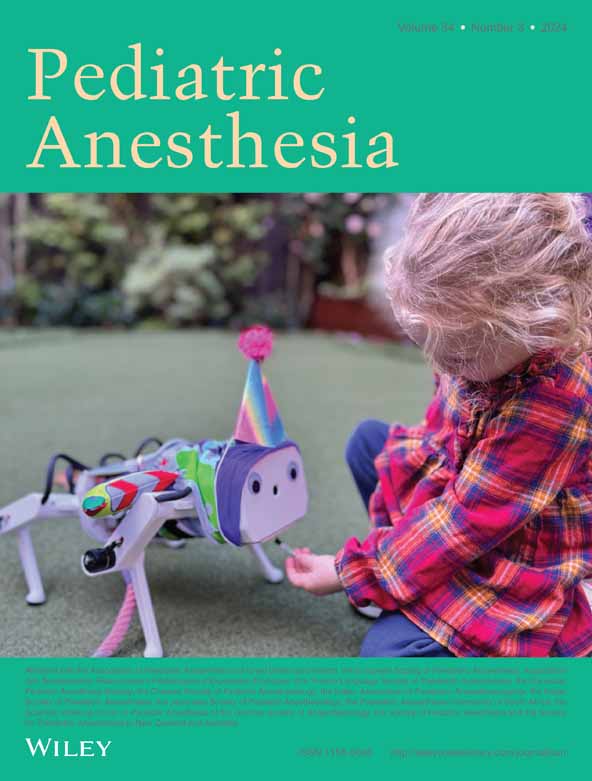Erector spinae plane blocks: A narrative update
Section Editor: George A Chalkiadis
Abstract
The erector spinae plane block (ESPB) is perhaps one of the most interesting of the tissue plane blocks described recently. There has been an exponential increase in the number of publications for both adults and children over the past 5 years. Single-shot, intermittent bolus, and continuous infusion techniques have been used effectively. Both the efficacy and safety of the procedure are widely accepted, but the exact mechanism by which the local anesthetic spreads from the tip of the transverse process to block the dorsal and ventral rami of the spinal nerves is controversial and needs clarification. Anatomical differences in children, particularly in neonates and infants, may explain the spread in this age group. In most pediatric studies, erector spinae plane block was opioid sparing, and noninferiority was observed when compared with other regional techniques.
Open Research
DATA AVAILABILITY STATEMENT
There is no data statement as this is a descriptive education manuscript.




